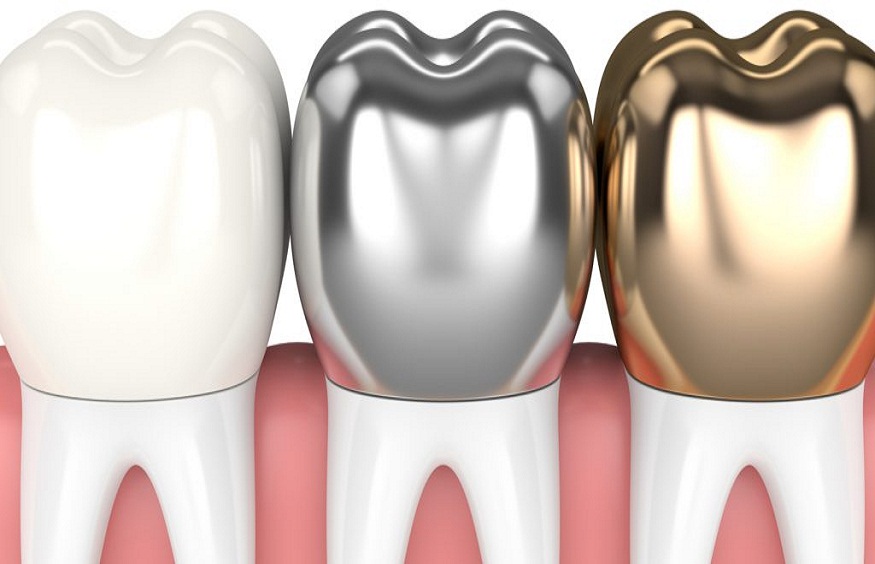Some dental procedures are more complex than they seem, and one of them is getting a dental crown. However, skilled dentists make the process seem easier with their efficient working skills.
Leduc, AB, is said to be one of the places with many professional dentists who perform dental crown treatments like a piece of cake. Hence, getting a treatment like dental crowns in Leduc, AB will definitely be beneficial to you.
But, before booking an appointment for your dental treatment, here’s what you need to learn about Dental Crowns first:
What is a Dental Crown?
A dental crown is a procedure where a dentist places a cap over a damaged tooth. The dental crown treatment is used when a filling is not enough of a solution to repair the tooth. Crowns can help reshape, resize, and fix the functioning of the damaged tooth more efficiently.
You might also need a dental crown if you have a broken, chipped, or severely decayed tooth and the filling is inadequate to fix the damage.
What should you expect in a Dental Crown procedure?
Here are a few steps you can expect when getting into a dental crown procedure:
Step 1: Consultation
At your first visit to the dentist, they will examine your tooth to find out if a crown is needed. It includes taking x-rays to check the health of your tooth and areas like roots and bone that surround it.
Step 2: Preparation
Once the dentist confirms that a crown is the best solution for this condition, they will numb the area around the tooth with a local anesthetic to ensure you don’t feel pain during the procedure.
Then, the dentist will remove a thin layer of enamel from your tooth to make space for the crown. If the tooth turns out to be small or even a bit damaged, the dentist may have to build it up with some filling material before attaching the crown.
Step 3: Impression
To create a crown that fits your tooth, the dentist will take an impression of the tooth in question. This can be done using a traditional mold or a digital scanner. Impressions of the teeth around the damaged tooth may also be taken to see if the crown fits when you take a bite with the tooth.
Step 4: Temporary dental crown
When the permanent dental crown is being made in the lab, dentists attach a temporary crown over the damaged tooth. It helps in protecting the tooth and allows you to eat normally. However, you may have to avoid foods that are hard and sticky to chew.
Step 5: Removal of Temporary Crown (Second appointment)
After 2 to 3 weeks, when the permanent dental crown is ready, you will have to visit the dentist again. They will remove the temporary dental crown and fix the permanent dental crown after checking the fitting.
After getting a new dental crown, you may feel sensitivity to hot or cold food or beverages for a few days. The dentist will prescribe a few pain relievers to help you with the discomfort.
Types of Dental Crowns –
Dental crowns are made with different kinds of material, such as given below:
1. Gold Alloys Crown
Gold alloy crowns are strong and long-lasting, but they don’t look aesthetically pleasing due to the golden color.
2. Metal-base Alloys Crown
These crowns are made from strong metal that can handle heavy chewing movements. They are frequently used for molars at the back of the mouth, where teeth are less visible.
3. Porcelain Crown
Porcelain dental crowns are the most natural-looking caps that are best suited for the front teeth. However, these crowns are not as durable as the metal and gold ones.
4. Metal-fused Porcelain Crown
The metal-fused porcelain crown is the best option if you need a dental crown that has a natural appearance and is strong enough to last longer.
Wrapping Up!
Dental crowns are an effective way to restore damaged teeth and protect them from any cavities in the future.

